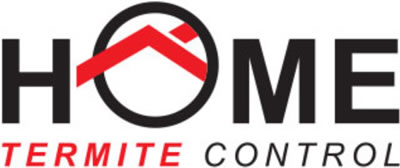Many people don’t really know how to identify termites they easily confuse them with ants. Knowing how to identify these wood-loving creatures is important to be able to protect your property from serious and expensive damage. And while termites generally spend much of their time hidden in the dark, there are ways to spot them. So, what does a termite look like?
Color
Sometimes called “white ants,” termites generally have white creamy colored bodies—almost translucent that you can see the food in their stomach. But there is a winged type of termite that is darker in color, similar to light copper. Ants, on the other hand, have different colors, such as red, black and brown.
Body
Termites have six short legs and wide waists. Termites look like they only have two body sections, the head and the thorax. Ants also have six legs, but longer than termites’ and have narrow waists. Ants look like they have three body segments, the head, thorax and abdomen. Termites have soft bodies, while ants have harder bodies.
Wings
Depending on the stage of development, both the termites and ants may or may not have wings. During their winged stage, both ants and termites have two sets of wings. The termite’s front and back wings are almost the same size (usually twice the length of their bodies). The ant’s front wings are noticeably larger than its back wings, and may not be even visible.
Head
Most termites have no eyes, except the winged ones. Ants have noticeable eyes, whether winged or not.
Antennae
A termite’s antennae are straight and appear like a string of beads. An ant’s antennae are slightly curved into an elbow shape.
Behavior
Always hiding away from the light, most types of termites rarely ever become visible, which perhaps because they don’t have eyes and will be disadvantage if seen by others that is why they are secretive and fragile insects. The only exception is that when they are building or in their winged stage. You’ll hardly see a termite just crawling around on your floor. You can only spot them by accident, say, when a piece of wood is overturned and they happen to be chomping on the wood at the time. The closest encounter you might experience with termites is seeing mud tunnels on basement or crawlspace walls, and on structural wood that is near or touching the ground. Ants, on the other hand, make their presence known. They are constantly bustling around in the open—clearly manifested with an ant trail going from a food source—or an anthill.
While termites and ants resemble a lot, knowing their differences will enable you to easily identify if you have a termite problem and immediately make some necessary steps to eliminate termite infestation.
